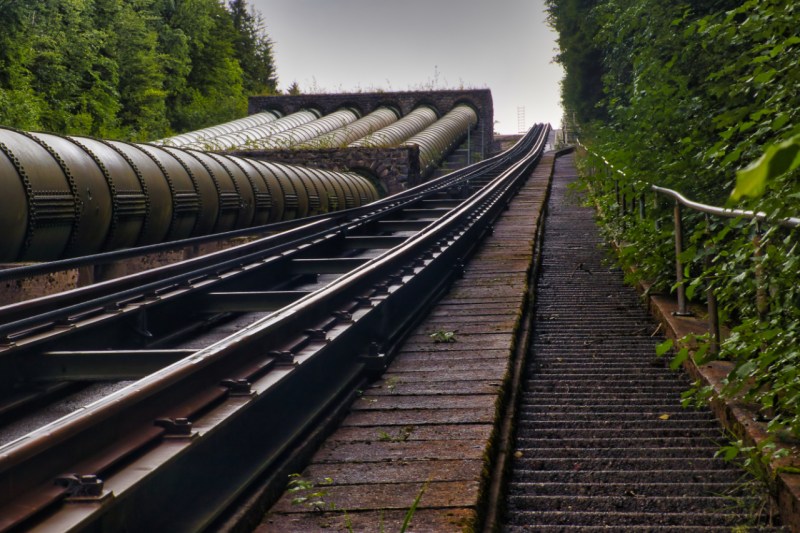In the complex world of pipeline maintenance, two dominant technologies have emerged: pigging and robotic pipe inspection. While both serve to safeguard the integrity of pipeline systems, they are remarkably different in their operation, scope, and applicability. As the oil and gas industry continues to evolve, understanding the nuances between these two methods becomes essential for effective pipeline management. This article aims to shed light on these differences, focusing on how each technology suits various needs and scenarios.
The Evolution of Pigs: From Simple Cleaning to Advanced Inspection
Pipeline pigging is a method steeped in history, initially designed to clean pipelines using rudimentary devices made of leather or straw bales wrapped in barbed wire. The main objective was to remove debris and sediment, thereby ensuring smoother flow within the pipe. The term “pig” actually serves as an acronym for Pipeline Intervention Gadget, illustrating its straightforward purpose in earlier days.
However, with advancements in technology, we have seen the evolution of “smart pigs” or “intelligent pigs.” These modern devices are equipped with sensors and a computerized inspection probe that enables them to both clean and inspect pipelines simultaneously. This duality has turned pigging into a form of non-destructive testing, capable of performing magnetic flux leakage (MFL) and ultrasonic tests. These tests can detect a myriad of issues, including corrosion, metal loss, and hydrogen stress cracking, all while allowing the pipeline to remain in operation.
Specialized Pigs for Various Needs
The modern pig comes in multiple configurations, designed to serve specific needs within the oil and gas industry. Here are some types of pigs often used in pipeline operations:
Polly Foam Pigs
These pigs are versatile and can navigate through short bends, tees, and port valves. They come in different densities to either lightly remove abrasion or effectively seal sections of the pipeline.
Unibody Pigs
Designed with a multi-disc configuration, unibody pigs are the jack-of-all-trades in the pigging world. They can be employed for various purposes such as liquid removal, controlling buildup, and even during the commissioning of new pipelines.
Steel Mandrel Pigs
Known for their robust steel body configuration, these pigs are available as cleaning pigs, batching pigs, and gauging pigs. Their flexibility makes them ideal for multiple applications within pipeline operations.
Robotic Pipe Inspection: A Focus on Detailed Analysis
Unlike pigging, robotic pipe inspection doesn’t participate in cleaning the pipeline. This technology employs sophisticated robotic crawlers equipped with advanced camera systems. Before robotic inspection can occur, the pipeline must be pre-cleaned to remove any debris that might hinder the camera’s view.
Robotic crawlers are capable of carrying sensors and tools through a variety of pipeline conditions, even when submerged. They offer advanced capabilities such as tilt and pan for closer inspection, fish-eye lenses for a 180° view at any point, and even laser systems for accurate pipe profiling. Their versatility allows them to inspect pipes at varying speeds depending on the diameter, offering a detailed assessment of the pipeline’s condition.
Making the Choice: Pigs or Robots?
While both pigging and robotic pipe inspection have their merits, the choice often boils down to the specific requirements of the pipeline in question. Not all pipelines are piggable, and not all require pigging. However, all pipelines can benefit from robotic inspection, particularly when the focus is solely on detailed assessment rather than simultaneous cleaning.
Navigating Modern Pipeline Challenges with Informed Choices
Navigating the complexities of pipeline maintenance in the oil and gas industry requires a deep understanding of the available technologies. Whether your focus is on maintaining production flow or conducting detailed inspections, knowing how pipeline pig works can make a significant difference. From foam pigs designed for lighter cleaning tasks to specialty pigs with specific components for various applications, the array of options has never been broader.
Smart pigs have revolutionized pigging operations by offering the dual benefit of cleaning and inspecting. Their advanced sensors and computerized components bring high efficiency to gas pipelines and other types of pipeline systems. Robotic inspection, although not involved in cleaning, provides a level of detailed analysis that smart pigs may not offer.
For those pipelines that are not “piggable,” or for those in need of detailed assessments, robotic systems offer an alternative. They can operate in a variety of conditions, and their advanced capabilities, such as high-resolution cameras and various sensor types, give them a distinct advantage in certain scenarios.
When making your choice, also consider the range of pig components, from wire brushes to solid cast options, each offering unique benefits depending on your specific needs. Whether it’s a cast pig designed for durability or a foam pig for specific cleaning tasks, the range of options ensures that your pigging systems can be tailored to your operational requirements.
By understanding the specific advantages and limitations of both smart pigs and robotic inspection systems, you’re better equipped to make the most informed choice for your pipeline maintenance needs.Taking the Next Step in Pipeline Management
If you find yourself in a position to make a choice between these two advanced technologies, consider reaching out to HydroTech Testing Services. Our team of experts is available to guide you through the selection process, ensuring you make the most informed decision for your specific pipeline needs. HydroTech’s commitment to excellence and cutting-edge technology makes it your ideal partner in navigating the complexities of 21st-century pipeline maintenance.

